Built in the late nineteenth century, Soniji Ki Nasiyan is an architecturally rich Jain Temple. Popularly known as the Ajmer Temple, or the Lal Mandir, it is situated in Prithvi Raj Marg in Ajmer, Rajasthan and is very close to Akbar Fort. This temple is worshipped for Lord Rishabhdev (Agnidev) who was the first of the Tirthankaras, and its disciples and followers mainly owe its origin to the Digambhar Sect. Kurt Titze in his book, "Jainism: A Pictorial Guide to the Religion of Non-Violence", has described Soniji Ki Nasiyan as one of Ajmer’s main attraction. The temple is one of the most popular tourist spots in Rajasthan. It is one of the most important Jain Temples and attracts a large number of tourists who pay visit to seek peace in its divinity and pay their homage. This temple is easily accessible by road and can be reached from any part of Rajasthan by availing its local transport system. It is at a distance of 1 km from Rajasthan Railway Station
History
The construction of the temple was started in the year 1964 and it was finally opened for the disciples with the installation of the image of ‘Agnidev’ in the Sanctum Sanctorum on 26 May 1865. The temple is named Siddhkoot Chaitalya. It was built by Rai Bahadur Seth Moolchand and Nemichand Soni, Jain Businessmen from Ajmer, and thus is also known as 'Nasiyan of Seth Moolchand Soni'. It is also known as ‘Red Temple’ as is it made of red stone. In 1895 A.D, the Svarna Nagri was added to the temple and it popularly began to be called as the ‘Sone ka mandir’. This Svarna Nagri, known as ‘City of Gold’, exhibits few gold-plated wooden figures drawing reference to the Jain tradition. This is the primary chamber of the temple.
Architecture
It depicts Panch Kalyanak - the five stages in the life of Lord Adinath, through its models and statues. These stages are Garbha Kalyanak (Conception), Keval Jnan Kalyanak (Omniscience), Janma Kalyanak (Birth), Tap Kalyanak (Renunciation), and Moksha Kalyanak. The entire formation is covered with gold leaf and is made according to the descriptions given in Adi Purana that is written by His Holiness Shri Jina Sen Acharya.
The chamber is artistically adorned by gold and silver work and precious stones. Further, this temple is partitioned into two parts, where one is the worship area involving the symbol of Lord Adinath and the second is the museum, both parts still owned by the Sony family of Ajmer. On rear side of the temple is "ayodhyanagari" which is also worth visiting. It is entirely gold plated.
Visitor’s Details:
The best time to visit Soniji Ki Nasiyan is from October to March. The temple opens up for the visitors at 8:30 a.m. and it remains open till 4:30 p.m. It has a very nominal entry fee and the whole experience of savoring the beauty of this architecturally rich temple may require half an hour of time (if you are in real hurry). Otherwise, one can enjoy its serenity and devour its beauty for longer! The superior and lavish work of the temple speaks for rich culture and great sense of art of Digambar Jains.


















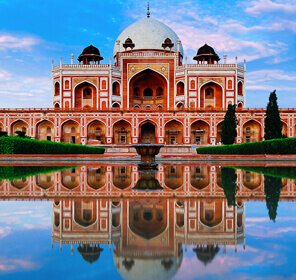

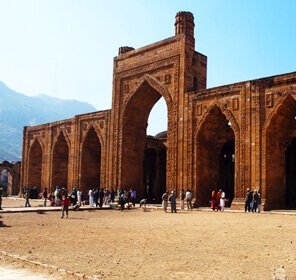
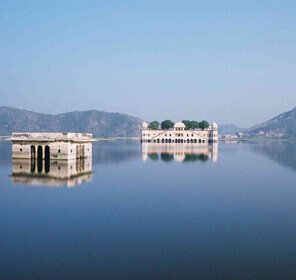
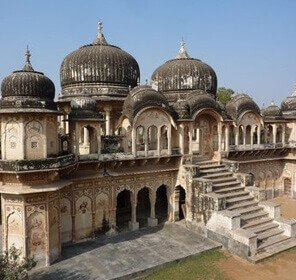


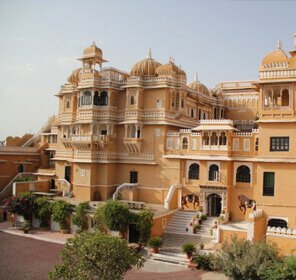



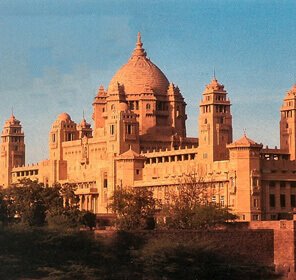







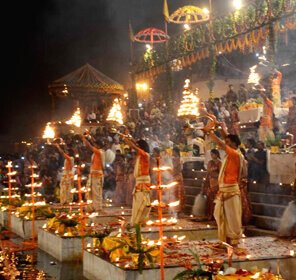
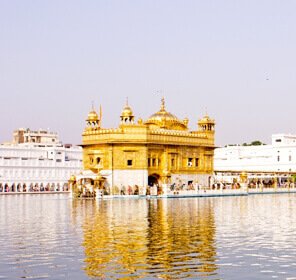
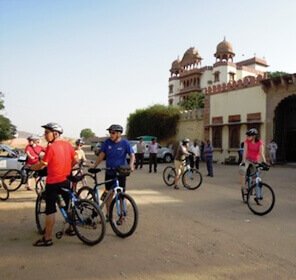

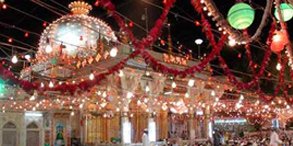
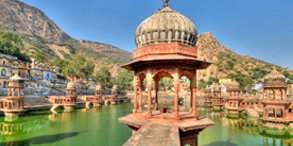
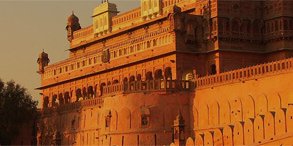

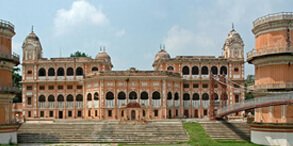
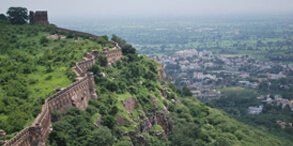
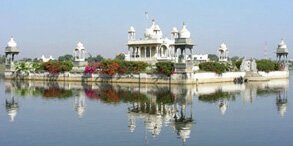
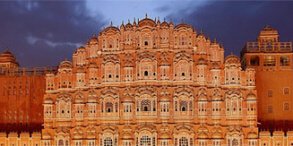
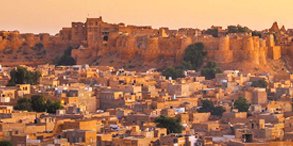

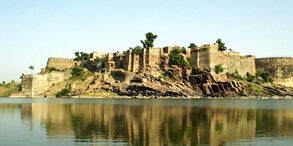
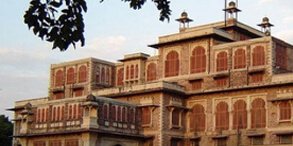
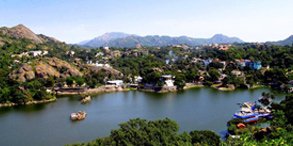
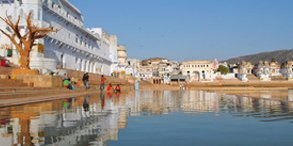
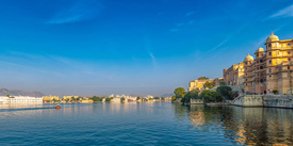
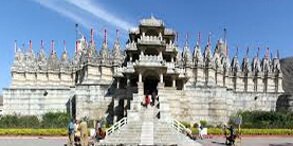
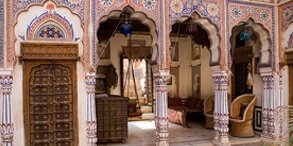

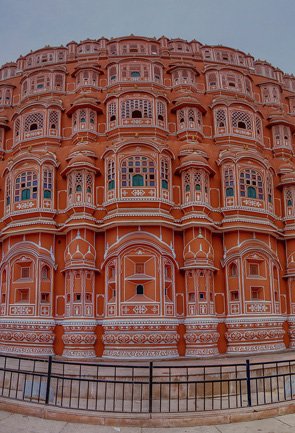
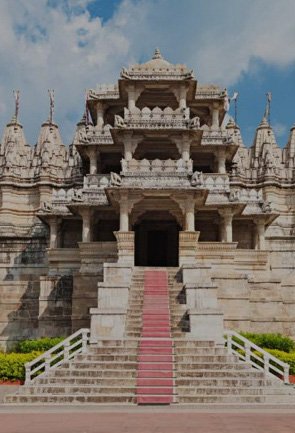

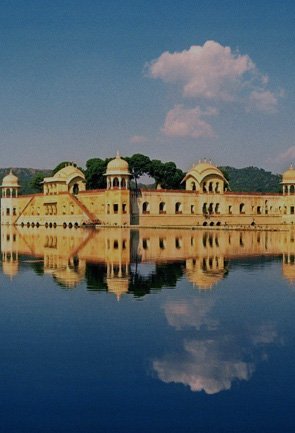

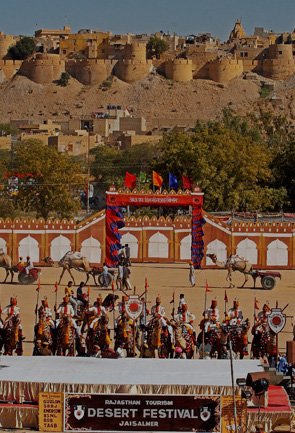
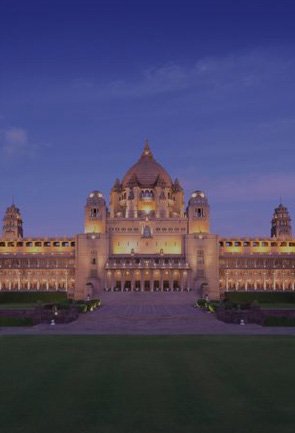

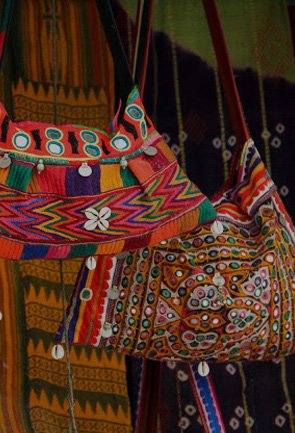
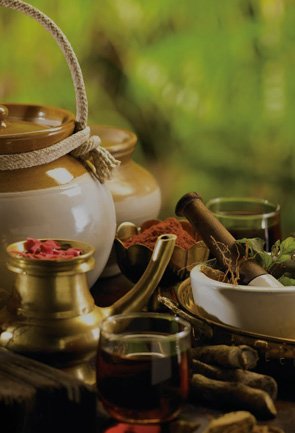

 Plan Trip
Plan Trip Call Us
Call Us Packages
Packages Home
Home